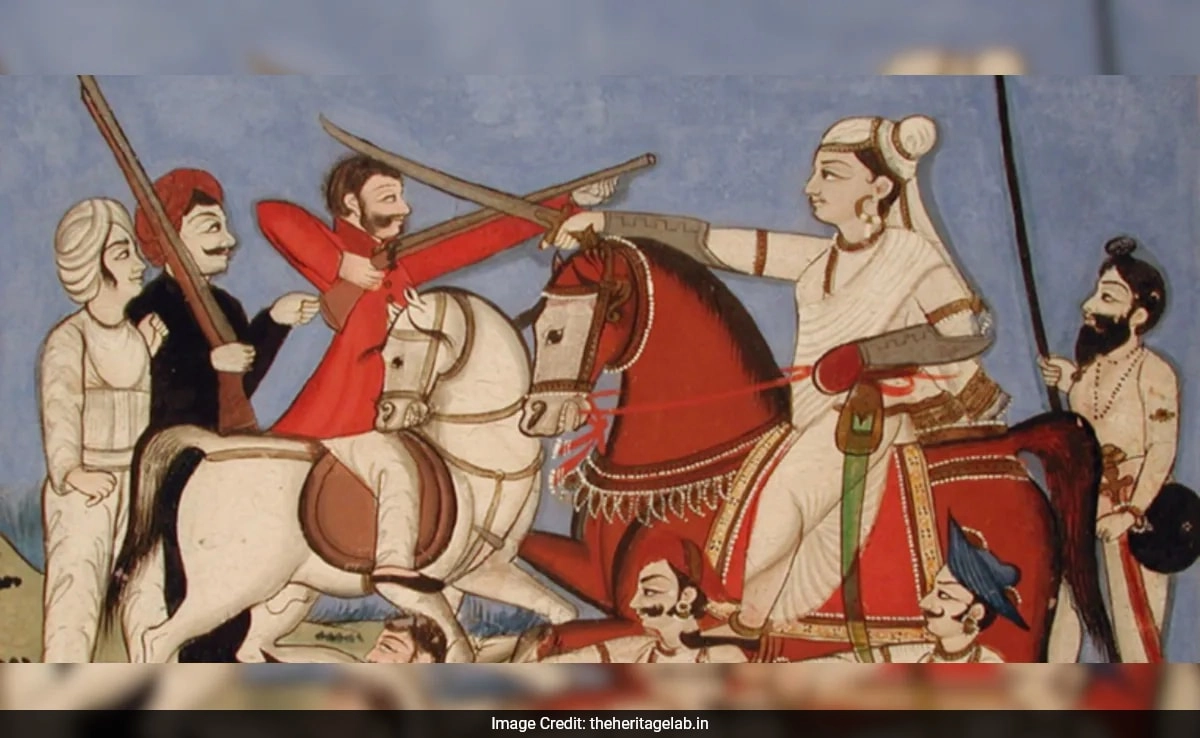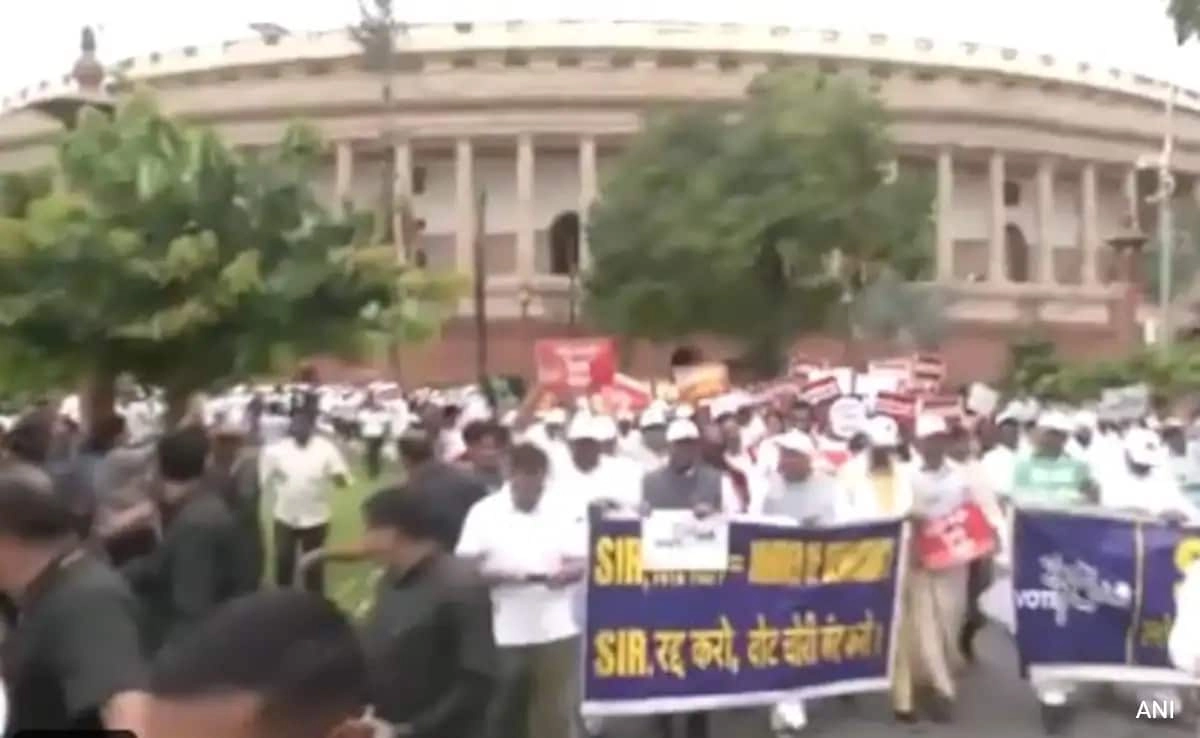The Revolt of 1857, often referred to as the First War of Indian Independence, marked a significant turning point in India’s struggle against British colonial rule. This uprising was not merely a spontaneous act of rebellion but rather a culmination of various factors that had been brewing over decades. Discontent among Indian soldiers, known as sepoys, was primarily sparked by the introduction of the Enfield rifle, which required the use of animal fat for cartridge greasing. The belief that this fat was derived from cows and pigs deeply offended the religious sentiments of both Hindu and Muslim sepoys, leading to widespread unrest. However, the revolt was fueled by a broader spectrum of grievances, including economic exploitation, social and cultural repression, and political disenfranchisement.
As the discontent simmered, the revolt erupted in May 1857 when sepoys in Meerut mutinied and marched to Delhi, where they rallied support from local populations and proclaimed the last Mughal emperor, Bahadur Shah II, as the figurehead of their uprising. The insurrection quickly spread across northern and central India, with notable uprisings in regions such as Kanpur, Lucknow, and Jhansi. Various segments of Indian society, including landlords, peasants, and local rulers, joined the struggle, each with their own unique grievances against British rule. The revolt was characterized by fierce battles, widespread violence, and a determination to reclaim sovereignty. However, it was also marked by significant challenges, including lack of coordination among the rebels and the superior military strength of the British forces.
The British response to the uprising was brutal and merciless. They launched a campaign to suppress the revolt, employing both military might and psychological warfare. Cities that had revolted were subjected to severe reprisals, with entire populations facing massacres and destruction. By the end of 1858, the British had regained control, but the consequences of the revolt were profound. The British government dissolved the East India Company and assumed direct control over India, marking the beginning of the British Raj. The revolt also led to significant changes in British policies towards India, including a more conciliatory approach to Indian society in an attempt to avoid further uprisings.
The legacy of the Revolt of 1857 is complex and multifaceted. While it did not achieve its immediate goals, it ignited a sense of nationalism among Indians and laid the groundwork for future movements against colonial rule. The uprising is often commemorated for its spirit of resistance and unity among diverse communities in India. It served as a catalyst for subsequent generations of freedom fighters who would build upon the ideals of the 1857 revolt, ultimately leading to India’s independence in 1947. Understanding this pivotal moment in history is essential, as it reflects the deep-seated aspirations of a nation yearning for freedom and self-determination in the face of colonial oppression.




